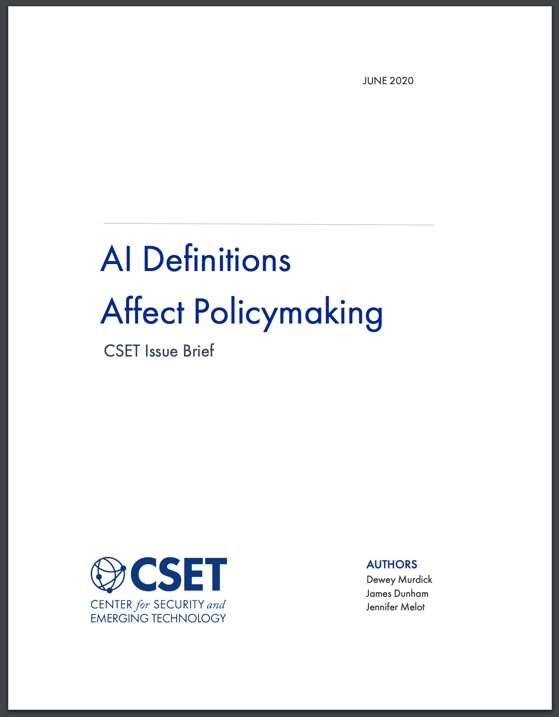Definitions of artificial intelligence (AI) are often ambiguous and quickly out of sync with such a rapidly emerging technology. Yet these definitions can directly affect policy. This issue brief demonstrates that a simple model of national competition in AI strongly depends on the specifics of several alternative definitions, such as the method for identifying AI-relevant research and the choice of datasets. This sensitivity illustrates that analysts and policymakers should demand clarity around what is included within the scope of AI and the methods or data used to identify it.
Clear and actionable definitions of artificial intelligence and AI systems have proven elusive.-Dewey Murdick, James Dunham and Jennifer Melot
CSET has implemented three principles to identify a functional definition of AI research. This definition leverages judgments from a large group of AI experts using machine learning. It significantly outperforms other methods from 2010 to the present while ensuring future relevance. Applying this method to international AI competition shows that the competitive landscape varies significantly in sub-areas such as computer vision (where China leads), robotics (where China has made significant progress), and natural language processing (where the United States maintains its lead).
